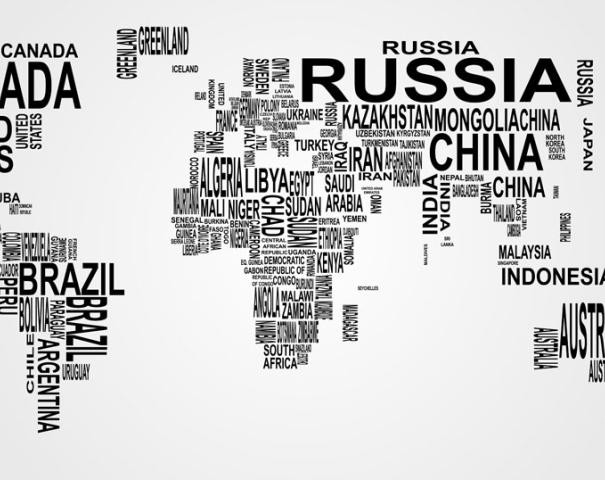This post highlights the key findings of the World Risk Report, presented by Silvia Emrich, CFO, Zurich Austria at EuroFinance 2016
The 11th edition of the World Risk Report was presented at the Eurofinance event at Vienna. The report was first published in 2005 by the WEF. The 2016 report relies on cooperation with universities across Asia, Europe and the United states and uses the expertise of 750 experts across 29 risks on a ten year perspective.
The five major risk clusters analysed on an Impact/Likelihood axis are: economic, environmental, geopolitical, societal and technological.
The 2016 report asserts that ‘Involuntary migration and a weak response to climate change are among the most damaging and most likely risks’. Compared to the previous edition, the 2016 report demonstrates heightened concern regarding societal and environmental risks. The following risks, although still major, score lower on both impact and likelihood as compared to 2015:
•Infectious diseases;
•Critical ICT systems failure;
•Interstate conflict; and
•State collapse.
The following have appreciated on both the axes as compared to 2015:
•Involuntary migration;
•Weak climate change response;
•Societal instability;
•Biodiversity loss;
•Energy price shock; and
•Deflation.
The World Risk report also looks at the interconnectedness of different risks. As expected, social instability and involuntary migration are the most interconnected with the other risks. While a weak response to climate change can have a cascading effect on biodiversity loss, water and food crises causing involuntary migration and social instability; involuntary migration caused by other factors is very likely to bring about social instability, high unemployment, terrorist attacks and state collapse.
Also worth noting is the horizon of these risks. Environmental and societal risks are of the most concern over a ten year horizon, however the combination of geopolitical and societal risks are likely to affect the world in the span of the next eighteen months. According to the World Risk Report presentation, ‘Violence, conflicts, environmental or economic reasons set 60 million people on the move in 2014. More than 50 % of these come from the hotspots: Syria, Afghanistan, Somalia. Rising tension within society is fostering geopolitical instability, at the same time terrorist attacks add to increasing the feeling of uncertainty.’
Businesses need to be prepared against geopolitical and political risks in order to remain competitive. The report presentation clearly defines the imminent threats to business and the corresponding areas of consideration., which are:
•Country risk assessment;
•Political risk mitigation;
•Human resources strategy;
•Supply chain resilience;
•Reputation and brand positioning; and
•Cyber security efforts.
Therefore, a 360° approach to risk management (identification and assessment) is advised, where risk management is a board level priority.

